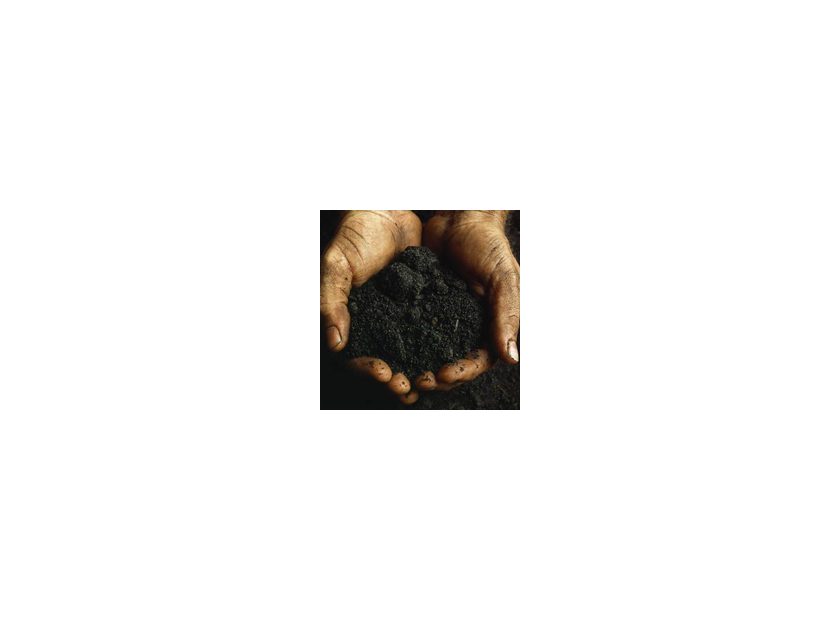Hitting Pay Dirt- New Soil-Derived Antibiotics
Antibiotic resistance has been an emerging critical threat that, according to the CDC, results in more than 2.8 million antibiotic-resistant infections in the U.S each year, of which 35,000 are fatal (1).
To date, most every antibiotic at our disposal has been discovered in the dirt; these compounds exist as natural products that are produced by various soil-derived microorganisms. Since competition in the soil is fierce, inhabitants produce substances that effectively eliminate the neighboring competition (2). These substances are highly sought after for antibiotic candidacy.
Soil has long been heralded as an exhausted resource for drug discovery,as soil-screening techniques have long been implemented and practiced in industry. However, recent advances in the hunt for new antibiotics have been made: researchers from Rutgers University-New Brunswick have discovered a new antibiotic with promising applications- Pseudouridimycin (PUM). This compound was found in a species of Streptomyces (ID38640) from soil samples in Italy (1).
PUM is a nucleoside-analog that disrupts the enzymatic activity of bacterial polymerase through competitive inhibition. This particular inhibitor resembles that of uracil and interacts with the Nucleoside Triphosphate (NTP) active site of RNA polymerase (RNAP). PUM is thus incorporated into RNA during transcription, resulting in a loss of activity and bacterial viability (2).
RNA polymerase is found in all living organisms, including many viruses,and is essential for life. As a result, inhibitors like PUM have no specifications for the host target, be it Gram-negative and Gram-positive bacteria, or human beings. Fortunately for us, PUM has a substituent chain that reaches and 'touches' a neighboring allosteric site that is not present in human RNAP, rendering it far less effective against our own enzymes (3).
PUM is the first target-specific RNA polymerase inhibitor and, like other nucleoside-analog inhibitors, is most notable for its low resistance rate.These drugs typically exhibit a resistance rate that is ten times fewer than the more conventional antibiotics.Drugs with similar profiles are best suited for use in the treatment of multiple drug resistant (MDR) infections. The bacterial response is not likely to have an existing resistance or the ability to acquire one through repeated exposure.
This discovery highlights the importance of natural products and where to find them. Over the years, microbes have come to perfect their craft of eliminating competition in the interest of survival by natural selection. (3). The soil is the microbial battleground.
Andrew Kravariotis
R&D Biochemist
HARDY DIAGNOSTICS







